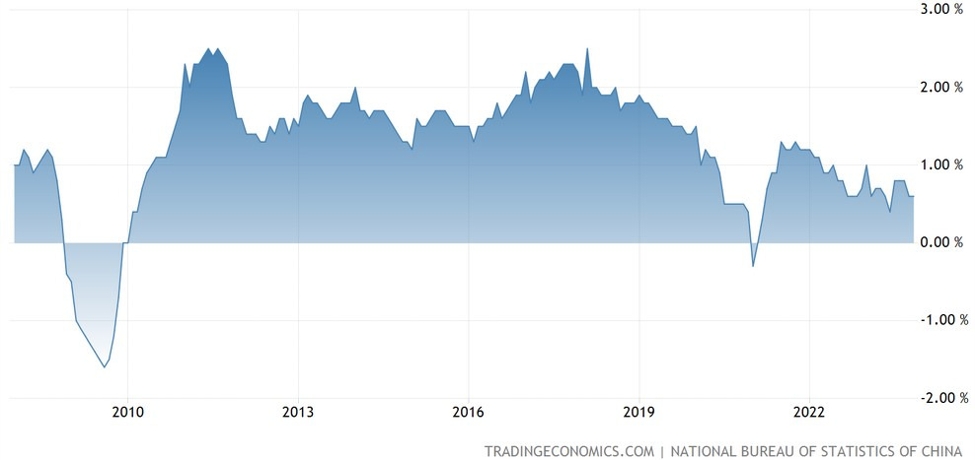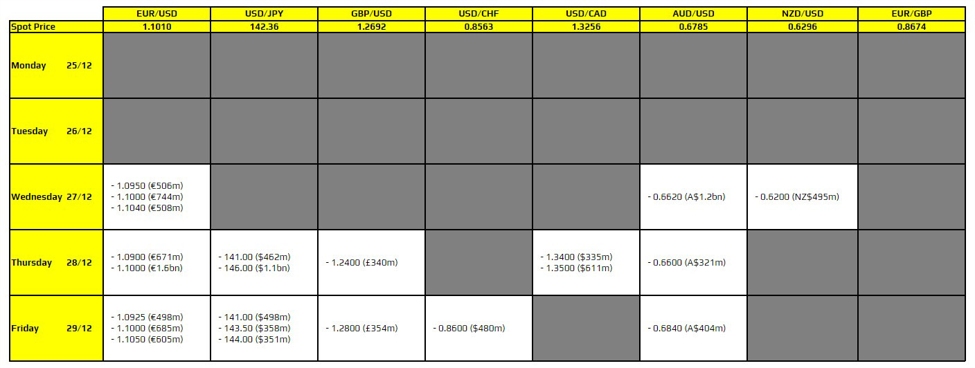The NASDAQ index continues to come under pressure, currently down 347 points or -1.60%. The decline has pushed the index back below its 100-hour moving average at 21,331.91. Trading under this level shifts the short-term bias to the downside and raises concern that further selling could unfold.
Looking back to August 1 (the US employment report), a similar break below the 100-hour moving average led to a sharp drop toward the 200-hour moving average (green line). While momentum did stall on that move and the index ultimately closed back above the level, the pattern highlights the importance of this technical support zone. .
At present, the 200-hour moving average comes in at 21,119.99. This level now stands as the next key target for sellers. A firm move below it would add to the bearish bias, opening the door for additional downside momentum in the days ahead.
Traders will be focused on the close. Do we get bounce and close back above the 100 hour moving average, or do we keep the pressure on and have traders looking toward the 200 hour moving average in tomorrow’s trading day?
Looking ahead, the focus shifts to the Jackson Hole Summit on Friday, where Fed Chair Powell is expected to deliver his policy outlook. Powell has not spoken publicly since before the August 1 jobs report, making this appearance especially significant. Markets are currently pricing in an 83% chance of a Fed rate cut, but a more hawkish tone could unsettle sentiment, at least in the near term.
On the technical side, the 200-hour moving average serves as the first key support. A break below it would expose the 38.2% retracement of the move up from the June 23 low at 20,864.09. Further weakness could then bring the 50% midpoint of that same rise into play near 20,573.83, which also roughly aligns with the August 1 low.
A move to this dual support level would mark about a 4.25% decline from the all-time high set on August 12, underscoring the potential for deeper corrective pressure if sellers remain in control.















